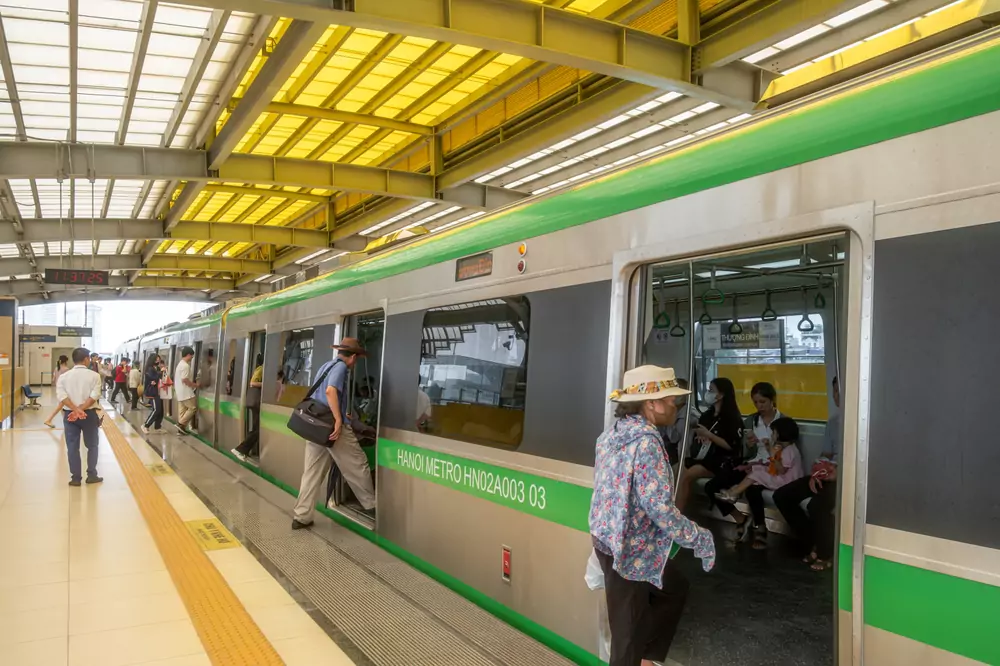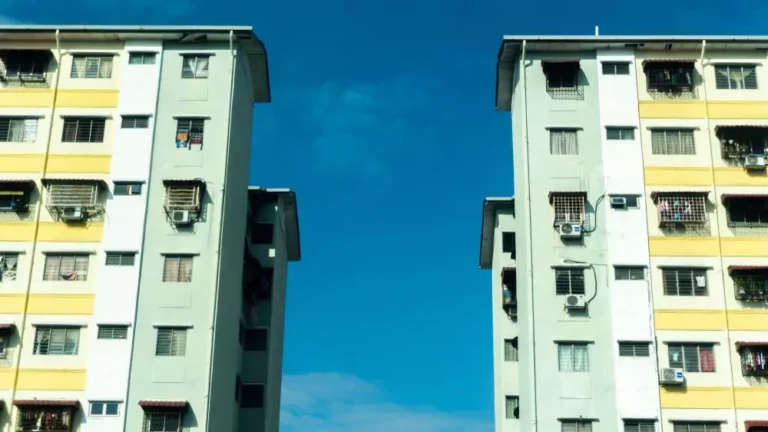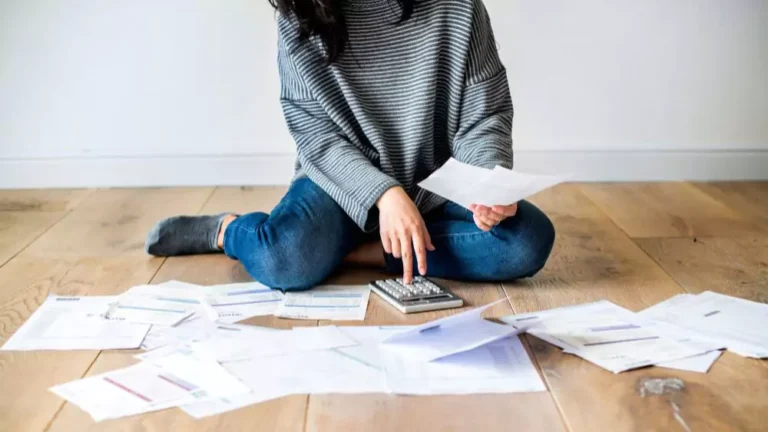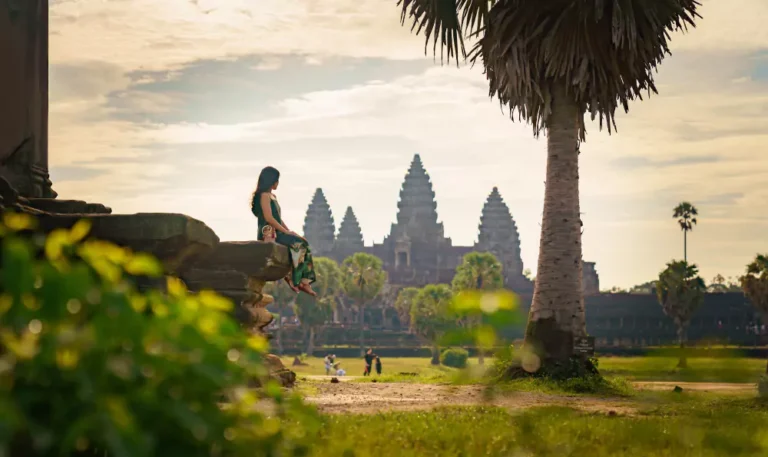Green transport infrastructure development for Vietnam, and more updates

For PropertyGuru’s news roundup, Vietnam aims to reduce carbon and methane emissions in the transportation sector, to achieve net-zero emissions by 2050. In other stories, the son of a Thai billionaire is banking on US-China tensions to help reduce an oversupply of office space that has plagued the country’s capital. Lastly, Malaysians wanting to invest in a home of their own have an important decision to make: “Should I buy a subsale or brand new property?”
Attracting resources for green transport infrastructure development in Vietnam
Green transport underpins the development of a green economy. It requires establishing policies, attracting resources, and innovating economic tools to address climate change, manage resources, and protect the environment.
In line with Vietnam’s COP26 commitments, on 02 July 2022, Prime Minister Pham Minh Chinh issued Decision 876/QD-TTg, approving an action plan for green energy transformation. VietnamPlus reports that this plan aims to reduce carbon and methane emissions in the transportation sector, to achieve net-zero emissions by 2050.
The programme outlines solutions for five key transportation sectors, including urban rail systems, high-speed railways, electrified national railways, green ports, and the transition to electric and green energy vehicles.
Vietnam has made initial progress, such as developing urban railways and producing hundreds of electric buses and thousands of electric cars, but these achievements remain modest. The transport sector still requires significant resources and policies to encourage businesses and the public to adopt green transportation solutions. The challenge lies in balancing the need for economic growth while reducing emissions and developing green energy infrastructure.
Thai scion bets US-China feud will ease Bangkok property glut
Frasers Property Limited, controlled by Thailand’s richest man, is banking on US-China tensions to help reduce an oversupply of office space that has plagued the country’s capital.
The Singapore-based developer expects a jump in demand for offices and industrial real estate in Southeast Asia, especially its THB120 billion (USD3.6 billion) ‘One Bangkok’ project in the city centre, said Chief Executive Officer Panote Sirivadhanabhakdi.
Foreign direct investment will also boost demand for warehouses, storage and other industrial properties in Vietnam and Thailand, the markets with the biggest growth potential for Frasers, he said in an interview Thursday, without giving specific figures.
Southeast Asia is benefiting from an influx of global trade and investment following years of deteriorating commercial relations between the United States and China. President Joe Biden’s administration approved tariff increases on billions of dollars in Chinese goods last week, while Donald Trump has touted even deeper trade barriers during the US election campaign.
“There should be strong momentum for foreign direct investments in Thailand and the region,” said Mr Panote, the son of Thai billionaire Charoen Sirivadhanabhakdi, in a Bangkok Post story. “Southeast Asia will be our main growth driver with most governments’ efforts to attract foreign investors in the region.”
Should you invest in a subsale or a new property in Malaysia?
As a first-time buyer, upgrader, or savvy property investor, one of the most crucial decisions you’ll face before making any investment is choosing what type of property to invest in. Once you know what kind of home you want and where it should be, the next decision will either make or break your investment decision: “Should I buy a subsale or brand new property?”
Understanding the difference between these two types of properties is the key to maximising returns and minimising risks. So, what’s the difference between subsale and brand new property?
- Subsale: You’ll purchase these properties from an existing owner. A family may be moving out of their home and putting it up for sale; hence, this would be classified as a subsale property.
- New launch: As the name suggests, these are new to the market (sometimes under construction or recently completed) or have not been owned/stayed in by anyone before, as they come fresh off the developer’s construction site.
Now that you know the (basic) difference between a subsale and a brand-new property, here’s an important point to consider: While each option presents unique opportunities and challenges, particularly from an investment perspective, it is vital for you to ensure your financial position, including your credit score, is strong. This will improve your chances of securing favourable financing and enhance your investment’s overall profitability.
PropertyGuru Malaysia explores the various factors that can influence this decision, weighing in these insights to help you make informed choices for your next property purchase.
The Property Report editors wrote this article. For more information, email: [email protected].
Recommended
Meet the architect transforming Asia’s retail spaces with nature-inspired designs
David Buffonge, the cofounder of Hong Kong-based Lead8, has strong opinions on how to improve built environments around Asia
ARES White Paper Volume 3: The era of adaptive reinvention
Pioneering sustainable and innovative practices in urban development
ARES White Paper Volume 2: Unravelling the power of data revolution in real estate
Insights on proptech, smart cities, and sustainable development
ARES Digital White Paper Volume 1: The fundamentals of responsible building
Green and climate heroes join forces to discuss how Asia Pacific can weather the current environmental crises and the looming effects of climate change






